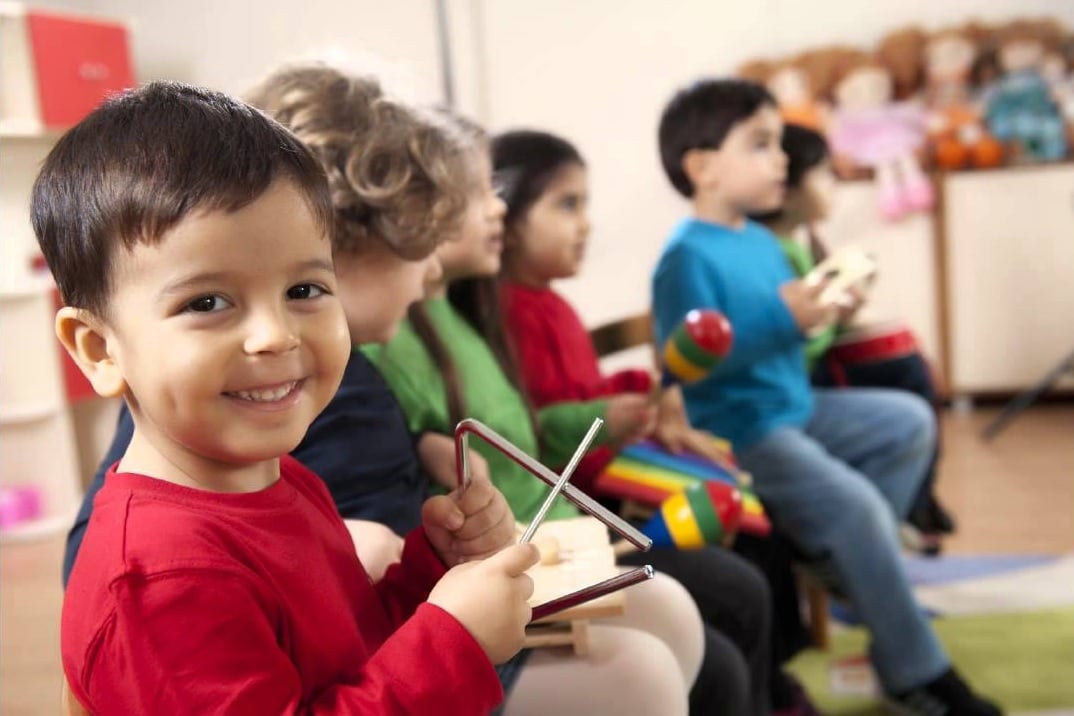
Are you a Home Tutor for Primary School? If you are, you may have picked up the job thinking that it would be a much easier job due to the easier syllabus, but soon realize you’re completely wrong.
In fact, tutoring for primary school kids can be unexpectedly difficult as it presents uniquely tough challenges to primary school tutors. Unlikely secondary school or junior college students who are more matured and genuinely want to learn, primary tutors have to think of creative ways to engage their adolescent students who are too young to appreciate the value of studying.
Primary school tutors need to obtain specialized skills for teaching 6-12 year olds and this teaching guide for help.
Be a part of their World
If you are tutoring a young primary school child, it is crucial that you do not act too adult and expect them to behave like adults. Primary school students are young children who are still growing and developing. It is crucial that you speak their language in order to gain their attention.
Playing pretend games and share stories about their fantasies is one of the quickest way to earn a child’s love and attention. They would love nothing more than to have you enter their little fantasy world.
You can try to integrate and use their interests to draw their attention to learning, such as by telling fictionalized stories.
Example: “Now imagine Superman can kill two baddies in one punch, and he has to fight eight baddies. How many punches should he throw?”
Another great way to do this is to occasionally mimic their activities. For instance, if a primary child picks up a toy car and zooms it around like a real car, consider picking one up and doing the same.
Integrate fun into the lesson
Most young primary school kids, especially lower primary kids are still moving out of babyhood into childhood. They have rich imaginations and love to play, play and play.
It is absolutely essential to bring fun into the equation when tutoring young children. Be it sports, music, or arts and crafts, try to integrate fun activities along the way or in between breaks during lessons.
For instance, say you’re teaching a child about the multiplication table, you can sing with them Multiplication and Division Songs. Depending on the age and learning of the child, you can use more advanced songs.
You can also use positive reinforcement techniques such as awarding them toys and sweets for good behavior and for paying attention during lessons. It is crucial that you use these nifty techniques to integrate fun in the lesson in order to be an affective primary school teacher.
Set a Good Example
You probably didn’t see this coming, then young children are more impressionable than you think. They are watching your each and every move even more than you think, to see if you walk the talk. As a home tutor for primary school, you need to ensure that you set a good example.
For instance, if you want them to consistently do the homework you’ve given them, you need to ensure that you are consistent in giving and marking their homework. If you are occasionally “forget” to mark their homework, it would be send them a message that it isn’t important – and soon you’ll find that they too have forgot to do their homework.
That’s all for today, we’ll release more tips and tricks on how to give primary school tuition in the future! We hope our guide has helped. Are you a parent or home tutor? Join us as a home tutor for Primary school today!
